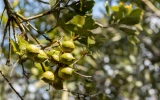Is Hazelnut Farming Profitable? (Detailed Breakdown)
The hazelnut farming market in the US is expected to grow at a compound annual growth rate of 5.6% from 2021 to 2028. However, profitability is not guaranteed, as various factors could affect your farming success, such as location, farm size, and the level of mechanization used. In this article, we'll provide a detailed breakdown of the profitability of hazelnut farming.
If your revenue is $30,000 and your expenses are $16,000, the resulting net income is $14,000. From the given data, your profit margin is approximately 46.67%, which indicates that hazelnut farming can be a profitable venture, but it can vary depending on factors like farm size, efficiency, and market conditions.
To ensure you run a profitable hazelnut farm, you need to create a comprehensive budget that includes your expected revenue and expenditures over the farming cycle. As you read further, we'll also give you a sample breakdown of a hazelnut farm budget that you can use as a reference.
Summary
- The ability to spread fixed infrastructure and machinery costs over larger production volumes is a key reason why larger hazelnut farms can achieve higher profit margins through economies of scale.
- Hazelnut farming can be profitable if production costs are managed properly and market demand remains high.
- Location is a key factor for hazelnut farming viability since hazelnuts require specific climate and soil conditions; therefore, farms located in optimal growing zones can more easily keep production costs low and yields high.
- While mechanization increases yields and efficiency, it requires significant upfront capital costs for equipment and may not be suitable for small farms with limited budgets.

Profitability of Hazelnut Farming
To have a profitable hazelnut farm, you need to create a comprehensive budget that involves estimating your expected revenue and expenditures over the farming cycle.
Your revenue will be influenced by factors like the size of your farm, the yield per acre, and the market price for hazelnuts. Below is a sample breakdown of a hazelnut farm budget:
Estimated revenue from hazelnut farming
The table below shows a sample estimate of revenue from farming hazelnuts:
| Item | Quantity | Price per Unit | Total Revenue |
|---|---|---|---|
| Hazelnuts | 10,000 lbs | $3/lb | $30,000 |
Hazelnut farming can be a profitable agricultural endeavor if done on a commercial scale. Hazelnuts, also known as filberts, are one of the most valuable tree nut crops worldwide. They have a high market value due to their use in confections, baked goods, spreads, and other food products.
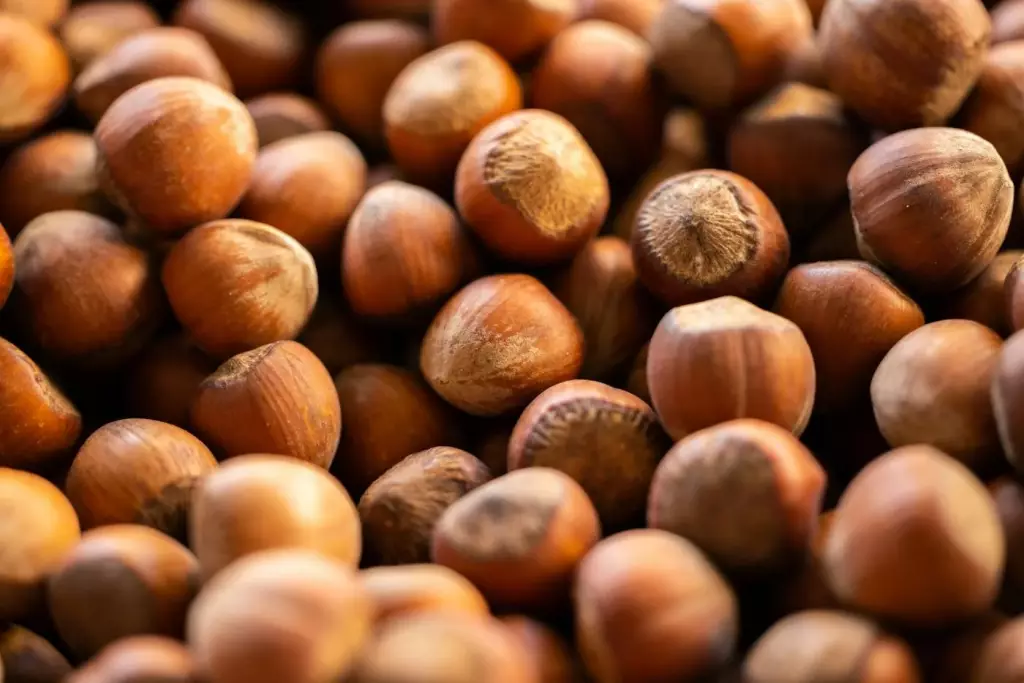
For a medium-sized commercial hazelnut orchard of around 10-15 acres in size, an estimate of 10,000 pounds of hazelnuts is a reasonable yield. Yields can vary depending on factors like soil quality, climate, tree variety, and orchard management practices.
The price per pound is estimated to be $3, which is a fair market price for shelled hazelnuts that most commercial orchards produce for sale.
Unshelled hazelnut prices are usually lower since additional processing is required. Their prices fluctuate seasonally but generally range from $2.50-$4 per pound wholesale depending on supply and demand.
Estimated production costs for hazelnut farming
The table below shows the expenses of a hazelnut farm:
| Item | Cost per Acre | Acres | Total Expense |
|---|---|---|---|
| Land preparation | $500 | 5 | $2,500 |
| Fertilizers and pesticides | $300 | 5 | $1,500 |
| Labor | $1,000 | 5 | $5,000 |
| Machinery and Infrastructure | $5,000 | 1 | $5,000 |
| Marketing and distribution | $2,000 | 1 | $2,000 |
Producing hazelnuts requires attention to various factors that influence the associated costs. The major component is market demand, which has been steadily increasing due to the popularity of hazelnut-based products.
When demand increases, it can translate into higher prices and better profitability for hazelnut farmers. Another essential factor is location, as hazelnuts require specific regions with suitable climate and soil conditions.
Managing these production costs and maintaining the health of your crop will impact your profitability. Common expenses involved in hazelnut farming include the following:
Costs for land preparation
This includes costs associated with preparing the land for planting hazelnut trees, such as plowing, disking, grading, etc. The cost per acre is estimated at $500. If you have 5 acres of land, the total land preparation expense is around $2,500.
Costs for fertilizers and pesticides
Nut trees like hazelnuts require fertilization and protection from pests such as insects and diseases. The estimated cost of fertilizers and pesticides per acre is $300. For a farm with 5 acres of hazelnut trees, the total cost is $1,500.
If you want to know the ideal number of hazelnut trees to plant in an acre, here's an article that can give you a good idea.
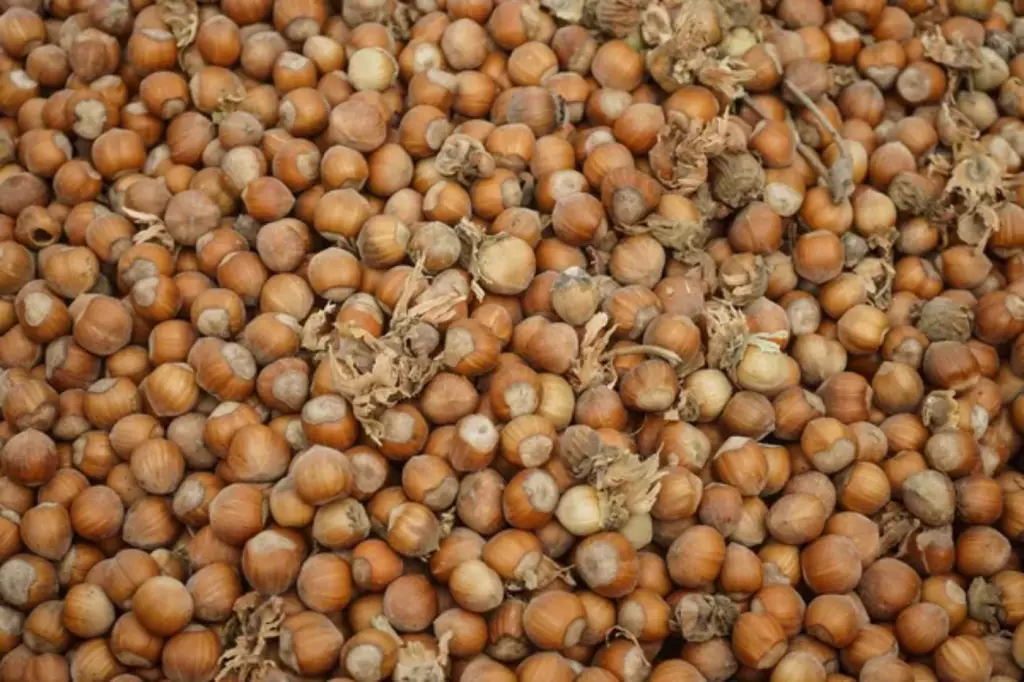
Costs for labor
Hazelnut farming requires labor for tasks like planting, pruning, harvesting, etc. Labor costs per acre are estimated at $1,000.
With 5 acres, the total labor expense is around $5,000.
Costs for machinery and infrastructure
Equipment is needed for tasks like tillage, spraying, and harvesting. Barns/storage may also be required. The estimated one-time costs are $5,000 which would cover machinery for 1 acre.
Costs for marketing and distribution
This cost includes packaging, transportation, and promotion to sell the hazelnuts. The total is estimated at $2,000 which would cover marketing for the entire farm's production.
Calculating the profit margin from hazelnut farming
To determine the profit margin of your hazelnut farm, subtract your total expenses from your total revenue. If your total revenue is $30,000, and your expenses are $16,000, it results in a net income of $14,000.
The profit margin is calculated as:
($14,000 / $30,000) x 100 = 46.67%
An approximate profit margin of 46.67% indicates that hazelnut farming can be a profitable venture for you. Keep in mind, however, that this figure can vary depending on factors like farm size, efficiency, and market conditions.
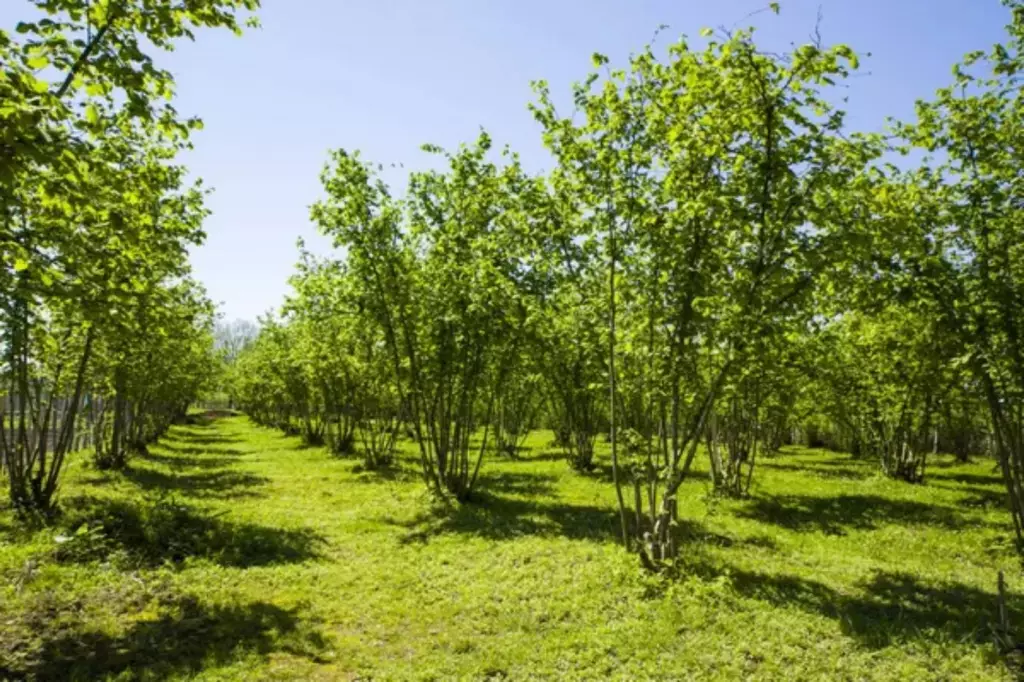
Larger farms with economies of scale may enjoy higher net incomes compared to smaller operations. Remember to continuously evaluate your farm's performance and make adjustments as needed to stay profitable.
Factors Affecting Hazelnut Farming Success
In this section, we will discuss how various factors such as location, farm size, and the level of mechanization used could affect your farming success:
The location of the hazelnut farm
Farms located in prime hazelnut growing areas with ideal soil types will have an advantage over those in marginally suitable locations. Factors like slope, drainage, and proximity to processing facilities also affect costs. When choosing a location for your hazelnut farm, perhaps consider the following:
Pay attention to the climate conditions
Hazelnuts grow best in regions experiencing mild winters and cool summers. Regions such as the Willamette Valley of Oregon and the Pacific Northwest in the USA are known for producing nearly 99% of the nation's hazelnuts.
Meanwhile, in Europe, countries like Turkey are leading producers thanks to their favorable weather conditions. To ensure a successful hazelnut farm, try to choose a location that experiences the right climate conditions for optimal growth.
Take note of the soil conditions
You should always evaluate the soil quality where you plan to grow hazelnuts to ensure proper growth and high yield. Hazelnuts thrive in soil that is well-drained and rich in organic matter.
Make sure to conduct a soil test before planting, to determine the presence of essential nutrients and adjust the soil composition accordingly.
Ensure that optimum temperature and rainfall conditions are achieved
Hazelnut trees require a certain amount of chilling hours to break their dormancy and promote flower bud development. This typically occurs with temperatures between 32°F and 45°F (0°C to 7°C).
On the other hand, too much exposure to frost can harm the flower buds and lead to reduced yields.
Hazelnut trees are one the fastest-growing nut trees, able to produce nut 3 years after planting. However, they need around 20 to 40 inches of rainfall per year, evenly distributed during the growing season, to grow healthy.
Keep in mind that if you're located in an area with irregular rainfall patterns or frequent drought, you may need to provide additional water sources.
The size of the hazelnut farm
Larger commercial farms can achieve economies of scale and utilize mechanized equipment more efficiently. Smaller hobby farms may struggle to be cost-effective. The following points explain how the size of the hazelnut farm affects profitability:
1. Larger commercial farms can achieve economies of scale
Larger farms have economies of scale advantages that allow them to produce hazelnuts at a lower average cost per unit. With more acres under cultivation, the fixed costs of equipment, facilities, labor, etc. can be spread out over a higher volume of production. This reduces the average cost per pound of hazelnuts.
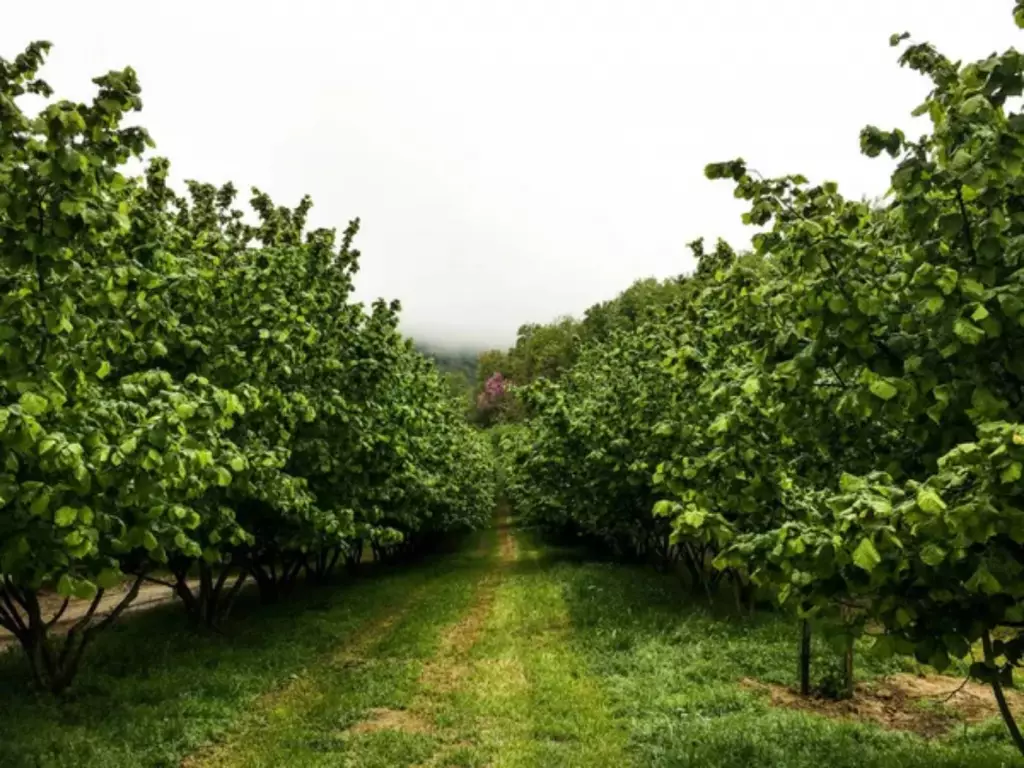
2. Large farms can utilize mechanized equipment more efficiently
Large farms have the ability to invest in mechanized equipment like harvesters, pruners, and sprayers that allow tasks to be done more efficiently compared to manual labor.
Mechanization speeds up processes like harvesting and lowers labor costs. Small farms may not have the volume to justify the investment in mechanized equipment.
3. Different farm sizes have different labor costs
Large farms can employ full-time farm workers and managers. Small hobby farms rely more on family labor which has a higher opportunity cost. Full-time farm labor also allows for better specialization of tasks.
4. Large farms have more purchasing power
Large commercial farms have more purchasing power to negotiate lower prices for supplies like fertilizers, tools, and packaging in bulk. They can also get better terms from buyers for their hazelnut crops.
Mechanization of hazelnut farms
Fully mechanized farms can harvest, process, and pack hazelnuts much more efficiently than manual operations. This significantly increases efficiency and reduces labor costs, which are a major expense for hazelnut farms.
By completing tasks more quickly with machinery, farms can process more hazelnuts with fewer workers. This lowers the cost per unit of production.
Mechanized harvesting is also more thorough and ensures all hazelnuts are collected from trees. Manual harvesting is slower and more hazelnuts may be left behind, reducing total yields. Higher yields mean more hazelnuts can be sold, increasing potential revenues.
However, mechanization requires purchasing harvesters, shellers, packaging equipment, and other machinery that requires significant capital outlay that manual farms do not face. Acquiring loans to finance this equipment increases interest expenses.
It also takes time to learn how to properly operate new machinery and maintain optimal settings. There is a learning period where yields and efficiency may be lower as operators gain experience with the equipment.
Additionally, downtime for repairs reduces harvesting windows and impacts yields if equipment breaks down and cannot be fixed quickly. Machinery also requires fuel, maintenance costs, and eventual replacement that manual farms do not incur.

